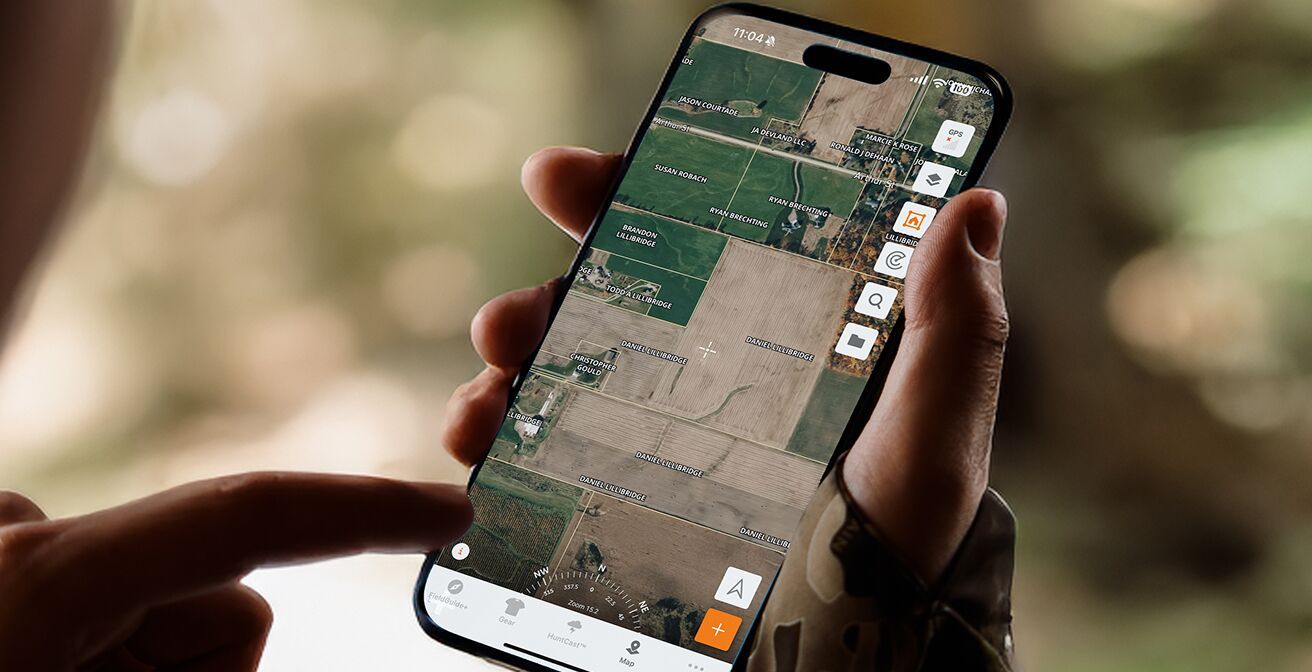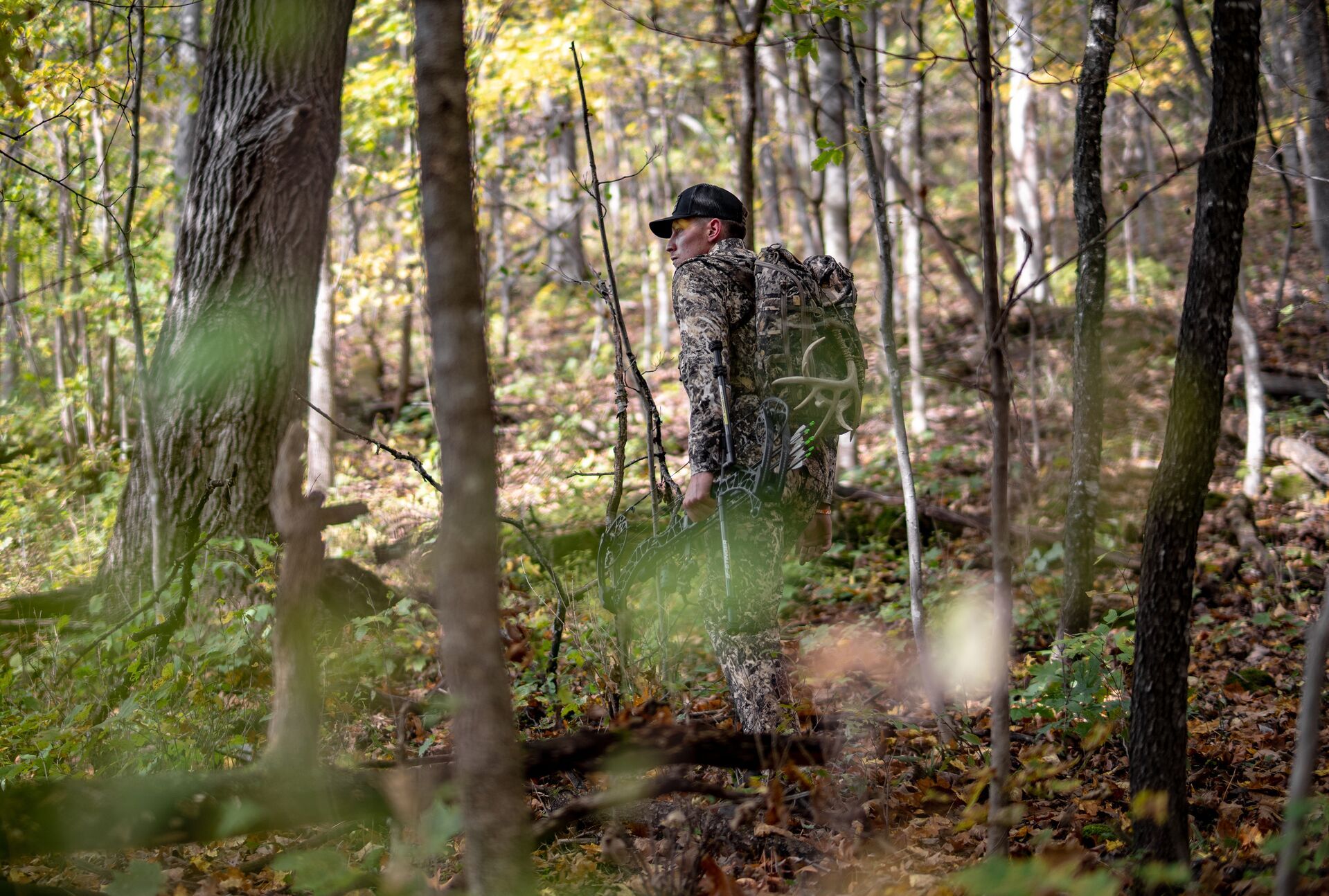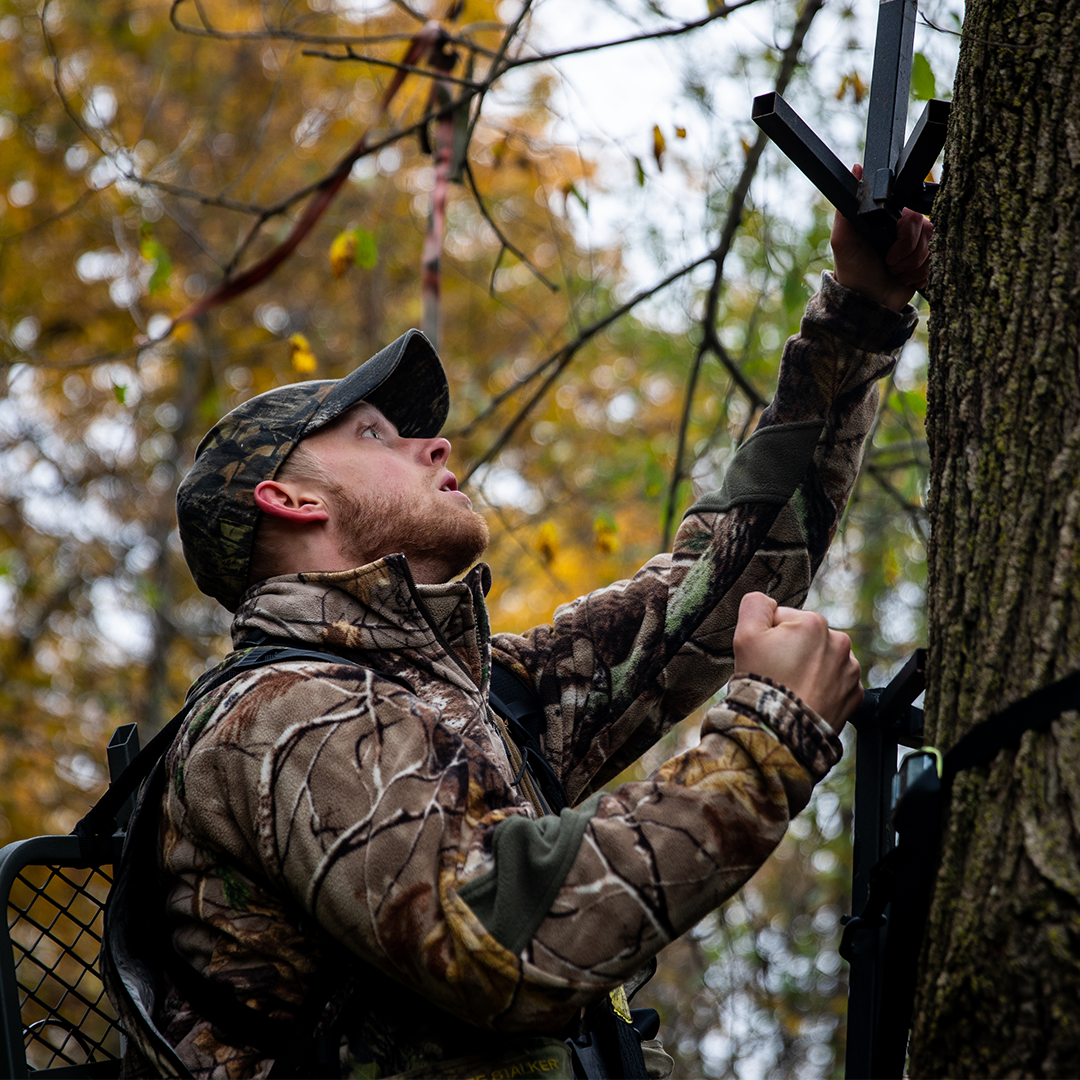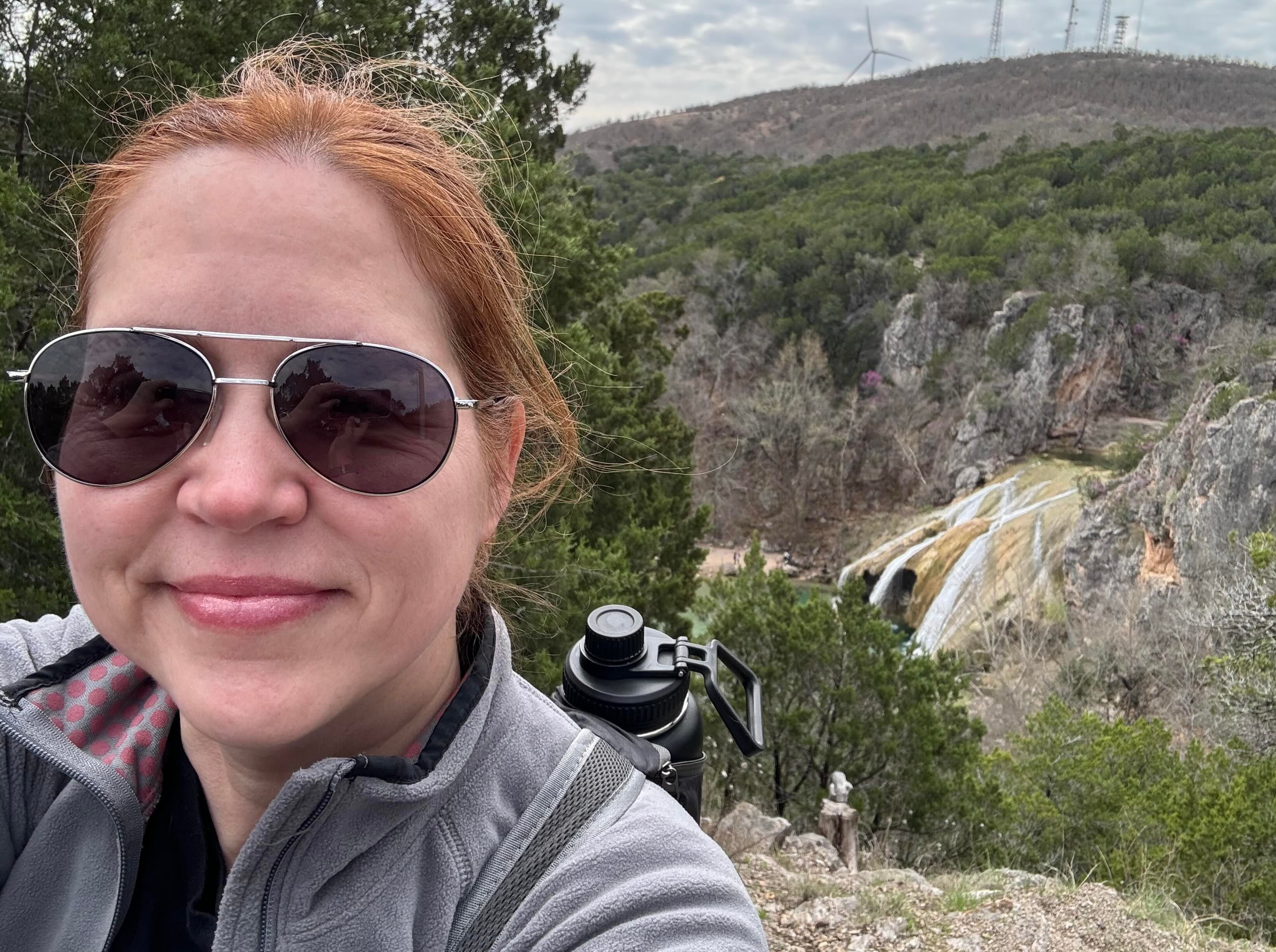Field Guide / Hunting Tips
4 Winter Rabbit Hunting Tips
With snow on the ground and deer season in the rearview, winter rabbit hunting offers an exciting off-season pastime for whitetail hunters. Rabbits are plentiful between cottontails, rabbits, jackrabbits, and snowshoe hares in most areas throughout the U.S.
Previous in Hunting Tips
More Content Like This

Why You Need a Hunting App with Property Lines
Hunting apps can take the guesswork out of hunt planning and improve your strategy in the field. Before you hunt, it's essential to know where you can legally pursue wild game. Read More
Read More9 Off-Season Tactics Every Deer Hunter Should Do
Any serious deer hunter understands that the season actually lasts 365 days a year. Yes, you read that right. Read More
Read More
Smell Ya Later: How Do Hunting Scent Blockers Work?
Chances are, you work up a pretty good sweat (and stink) when hunting — maybe even before you get into your stand. However, one of the worst things that can ruin your hunt and scare off a big buck is when they smell you coming. Read More
Read More Hunting Tips
Hunting TipsWhy You Need a Hunting App with Property Lines
Hunting apps can take the guesswork out of hunt planning and improve your strategy in the field. Before you hunt, it's essential to know where you can legally pursue wild game. Read More
Read More Hunting Tips
Hunting Tips9 Off-Season Tactics Every Deer Hunter Should Do
Any serious deer hunter understands that the season actually lasts 365 days a year. Yes, you read that right. Read More
Read More Hunting Tips
Hunting TipsSmell Ya Later: How Do Hunting Scent Blockers Work?
Chances are, you work up a pretty good sweat (and stink) when hunting — maybe even before you get into your stand. However, one of the worst things that can ruin your hunt and scare off a big buck is when they smell you coming. Read More
Read More
1 of 3
